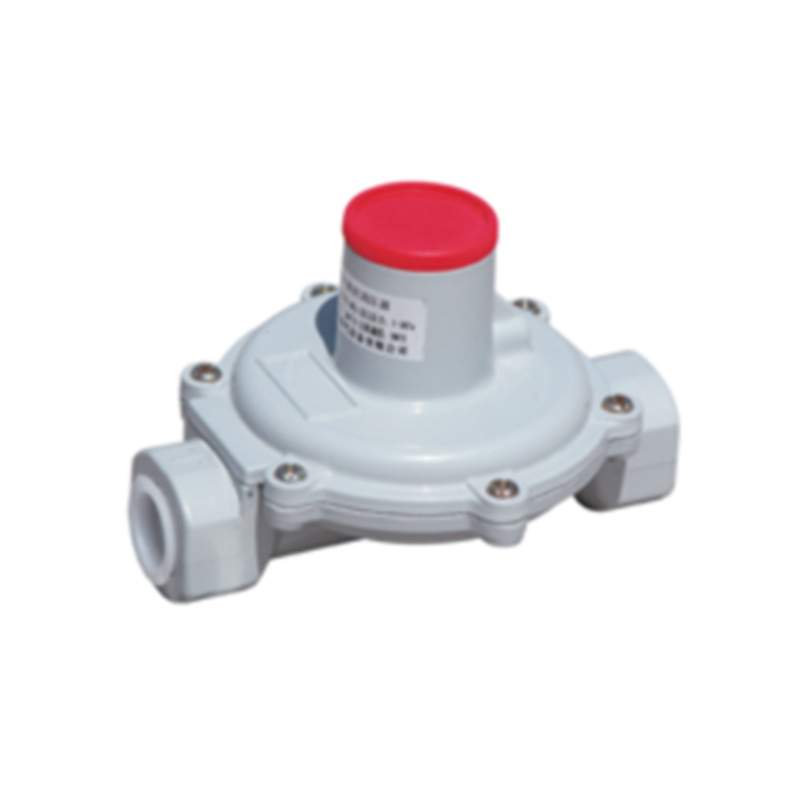
Dec . 14, 2024 21:34
Back to list
relief valves
Understanding Relief Valves Function, Types, and Applications
Relief valves are crucial components in various engineering systems, designed primarily to protect equipment and operators from the dangers of overpressure. These valves serve a vital role in maintaining safety and efficiency in numerous industrial applications, making them indispensable in fields such as chemical processing, oil and gas, water treatment, and heating systems.
Function of Relief Valves
At its core, a relief valve is designed to release excess pressure from a system. When the pressure within a vessel or pipeline surpasses a predetermined set point, the valve opens to permit fluid—whether gas or liquid—to escape. This rapid release of pressure prevents catastrophic failures that could result from excessive internal pressure, such as explosions or equipment ruptures.
Relief valves operate on the principle of balancing forces. Typically, a spring holds the valve shut against the pressure within the system. When the pressure exceeds the spring's resistance, the valve opens, allowing fluid to escape until the pressure drops back to acceptable levels. Afterward, the spring force re-seats the valve, restoring the system to its normal operating condition.
Types of Relief Valves
There are several types of relief valves, each suited to different applications and operating conditions. Among the most common are
1. Pressure Relief Valves (PRVs) These valves automatically release pressure when it exceeds a specified level. They are commonly used in steam boilers and other equipment where overheating and overpressure can occur.
2. Safety Relief Valves (SRVs) Similar to PRVs, these valves are designed for critical safety applications. They can handle both liquid and gas and are frequently found in the oil and gas industry.
3. Bursting Discs While not a valve in the traditional sense, bursting discs serve a similar protective purpose. They are designed to rupture at a specific pressure, thereby relieving excess pressure without needing mechanical components.
relief valves

4. Thermal Relief Valves These valves specifically address situations where thermal expansion of liquids can create excess pressure. They are often used in pump systems, tanks, and pipelines that contain liquids.
5. Back Pressure Regulators These valves maintain a specific upstream pressure by diverting excess flow away from the system, ensuring that systems operate within their prescribed pressure limits.
Applications of Relief Valves
Relief valves find applications in various industries and systems. In chemical manufacturing, for instance, they are essential for preventing overpressure scenarios that could lead to chemical spills or reactions. In the oil and gas sector, safety relief valves are critical for managing high-pressure systems and preventing blowouts.
In the HVAC industry, thermal relief valves protect heating and cooling systems from pressure fluctuations caused by thermal expansion or fluid changes. Additionally, in water treatment facilities, pressure relief valves help regulate the pressure within pipelines and storage tanks, safeguarding against structural damage.
Maintenance and Compliance
Proper maintenance of relief valves is vital for ensuring they function correctly. Regular inspections should include checking for signs of wear or corrosion, testing the calibration against set pressure limits, and ensuring that the valves are free from obstructions. Adhering to compliance regulations and industry standards is crucial for safety and operational efficiency; failure to do so can result in significant risks and liabilities.
Conclusion
Relief valves play a critical role in maintaining the safety and reliability of various systems across multiple industries. Understanding their function, types, and applications is essential for engineers, operators, and maintenance personnel alike. By ensuring that these valves are regularly maintained and compliant with safety standards, organizations can protect their personnel, equipment, and facilities from the potentially devastating consequences of overpressure. As technology advances, the design and capabilities of relief valves will continue to evolve, further enhancing safety measures and operational efficiencies in industrial applications.
Next:
Latest news
-
Safety Valve Spring-Loaded Design Overpressure ProtectionNewsJul.25,2025
-
Precision Voltage Regulator AC5 Accuracy Grade PerformanceNewsJul.25,2025
-
Natural Gas Pressure Regulating Skid Industrial Pipeline ApplicationsNewsJul.25,2025
-
Natural Gas Filter Stainless Steel Mesh Element DesignNewsJul.25,2025
-
Gas Pressure Regulator Valve Direct-Acting Spring-Loaded DesignNewsJul.25,2025
-
Decompression Equipment Multi-Stage Heat Exchange System DesignNewsJul.25,2025

